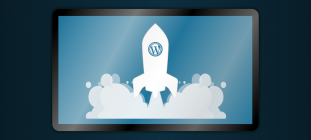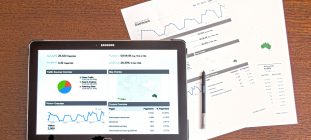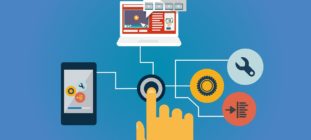
Many companies aim to increase employee productivity. Sometimes, management can make poor choices that actually end up working against their end goals. Micromanaging can negatively impact performance. Lack of good training tools or communication among team members can also decrease functionality.
Communicating employee scheduling information can have a huge impact on performance if employees don’t know where they need to go until the last minute, or when their shifts start and end, or what tasks to accomplish during their shift.
Management can help to improve productivity and employee performance using the technologies and tips below. Incorporating personnel employee scheduling software, online training tools, cloud based task lists, provide actionable feedback, and avoid micromanaging are explored.

Technologies and Tips That Can Assist in Productivity
- Use Personnel Employee Scheduling Software Apps – Employees who know when to arrive to the office, and know which location to arrive at are bound to be more productive and won’t waste time jetting across town. Using an employee scheduling app allows employees to view their schedule at any point in time from home, the office, or wherever they are. It can decrease the number of errors and mistakes of arriving at the wrong location, and being late to their shift.
- Online Training Tools – To keep performance up it is important to remain educated on the newest techniques, certifications, and qualifications to operate efficiently. Access to renew training, continue training, or train new employees on company operations, tasks, processes, and policies is imperative. Online training tools allow employees to remain up-to-date from the convenience of their desk, or appropriate computer lab at the office.
- Cloud Based Task Lists – Using an online cloud based task tool is a great way to communicate with your team so even if you can’t be in the office teammates can communicate back and forth on what tasks need to be accomplished and assign those tasks accordingly. Or if you have teammates across shifts, this tool is a great way to see what has been accomplished and what else needs to get done, or what has been assigned to be completed.
- Provide Actionable Feedback – Feedback can greatly impact performance. If feedback isn’t tailored, constructed, and put in an actionable format it can have negatively impact performance either because employees are unsure what they need to do to correct performance, or because their morale has been attacked.
- Avoid Micromanaging – It has been proven in studies that employees who feel they have no control over their work, are not trusted to do a good job, or are constantly being told how to do their job do less quality work and typically have decreased levels of performance. Avoiding this practice shows your employees you trust them to do their job, allows them to think independently and creatively, come up with unique approaches to situations, and can be allowed the freedom to continue reaching for increased productivity.

If your goal is to increase performance and productivity of your employees you should consider incorporating these elements into your managerial practices and style. Making sure employees know when to show up and work is step one. Step two, keeping employees’ skills current also impacts performance.
If they are using outdated methods they can be wasting important time. Step three is to incorporate cloud based tasks lists to communicate among team members and team leaders. Tasks care clear and assigned and can easily be kept track of. Fourth, make sure feedback is provided and done in a way that positively impacts employees and gives them concrete action items. Last, don’t micromanage.


















